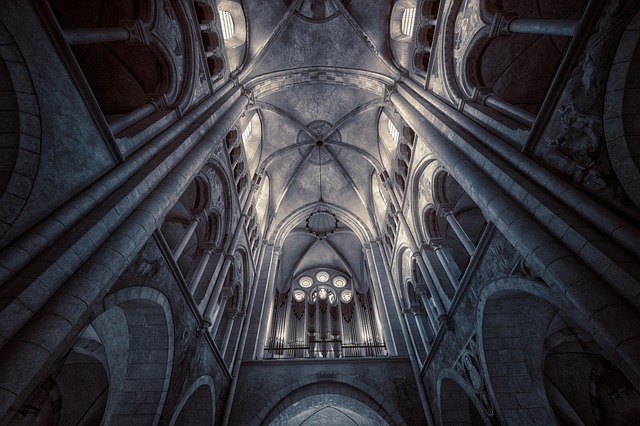Photography is not merely about capturing a moment; it’s about how we choose to see and present that moment. One of the most fascinating aspects of photography is perspective distortion, a phenomenon that directly affects composition and viewer perception.
When we talk about perspective distortion, we delve into the relationship between our camera, the subject, and the lenses we use. A photographer armed with a basic understanding of optics can manipulate depth, distance, and scale to create compelling images that resonate on a deeper level. But what exactly is perspective distortion?
To put it simply, perspective distortion occurs when the relationships between objects in an image are altered due to the camera’s position and lens selection. Imagine a photograph of a towering skyscraper taken with a wide-angle lens from a low angle. The building seems to stretch into the sky, dominating the foreground, while other surrounding structures appear diminutive. This is the magic of perspective distortion at work—it offers an artistic license to distort reality, drawing the viewer’s eye toward a particular focal point.
In photography, the choice of lens plays a crucial role in how perspective distortion is experienced. Wide-angle lenses, for instance, can exaggerate distances, making foreground elements large while pushing background subjects further away. This technique can be powerful for landscape photography, where the vastness of nature can be emphasized, creating an overwhelming yet breathtaking view.
On the other hand, using a telephoto lens can compress the background and bring distant subjects closer together. This manipulation allows photographers to create a sense of intimacy, making images feel more cohesive. In portrait photography, this can result in enchanting representations of human emotions by taking away the distractions from the background, focusing entirely on the subject at hand.
When composing an image, it’s essential to consider how perspective distortion will affect the story you want to tell. Are you aiming to evoke a sense of grandeur with a wide-angle shot, or do you want to construct an intimate moment using a longer lens? Understanding the implications of your choices is crucial. Experimentation is key—try various angles and lenses to see firsthand how they transform the essence of your photographs.
Moreover, the advent of digital photography has brought tools like post-processing software to the forefront, allowing photographers to adjust aspect ratios and correct distortions that may not have been intentional. This blending of traditional techniques with modern technology opens new avenues for creative expression.
Ultimately, understanding perspective distortion can profoundly influence your photographic journey. It’s more than just a technical aspect; it embodies the art of storytelling. Each shot captures a unique angle of life, and how you choose to frame that moment determines the emotion it conveys. So grab your camera, experiment with various lenses, and explore the subtle yet powerful impact of perspective distortion on your photography composition!



